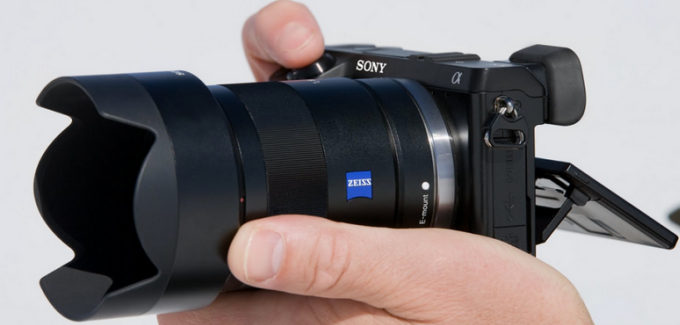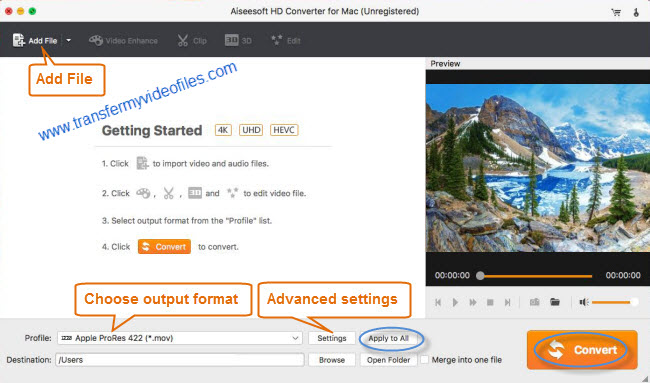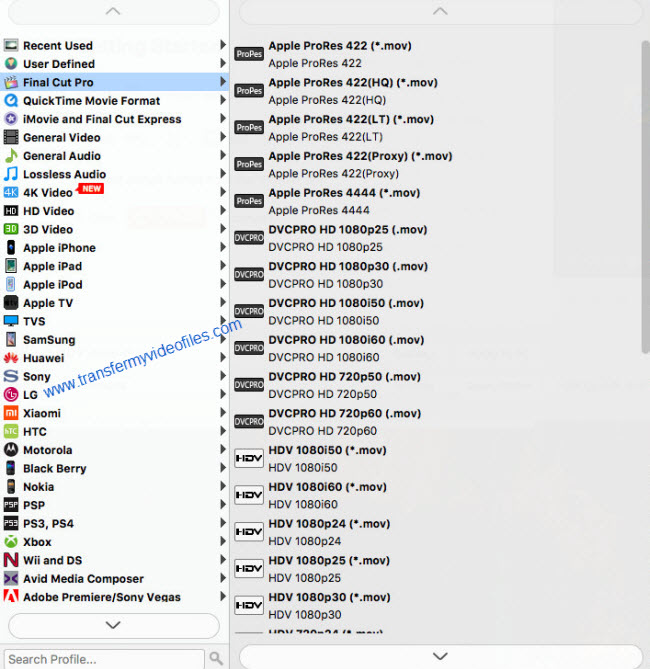If you are having issues editing Sony NEX-7 60p AVCHD video in FCP X, you are in the right place. This thread explains an easy way to transcode NEX-7 60p .mts clips to ProRes 422 for use in FCP X without any hassles.
How can I use 60p .mts clips from Sony NEX-7 on FCP X?
“Does anyone have any experience with the Sony NEX-7 60p AVCHD footage on FCP X? I got some Sony NEX7 1080 60p .mts video clips and attempted to import to FCP X for editing. But I can’t see the clips in the window. Why? Does FCP X support 60p MTS files? Please help. I would really appreciate any help. Thanks.”

When you copy MTS media to your hard drive it is important to copy the entire file structure to your drive. Don’t just grab the .MTS files and put them in another folder. Copy the entire card and you will be fine. If you’ve already deleted the folder structure with individual .mts clips maintained, or your system is older or less powerful, you will need to transcode NEX-7 60p .mts files to a format that is compatible with FCP X prior, such as Apple ProRes 422 codec, FCP X’s favorite editing codec, which FCP X will recognize and handle well. Check the short tutorial below to learn a way of converting NEX-7 60p AVCHD footage to ProRes 422 for FCP X.
Here’s what you need
HD Video Converter for Mac

[Guide] How to encode Sony NEX-7 60p .mts to ProRes 422 for FCP X editing?
Download, install and run HD Video Converter for Mac, then follow these steps:
Step 1: Run HD Video Converter for Mac as a professional Sony NEX-7 60p .mts to ProRes Converter. When its main interface comes up, click ‘Add File’ to load source video to it.

Step 2: Select ‘Apple ProRes 422 (*.mov)’ as output format for opening with FCP X
From the ‘Profile’ list, move to ‘Final Cut Pro’ catalogue, and select ‘Apple ProRes 422 (*.mov)’ as target format. Apple ProRes is the best suited editing codec for FCP X and its previous version FCP 7. When loading them into Final Cut, you needn’t wait for a long time for rendering.

Important: If you’ve loaded a number of video clips to do batch conversion, please do remember ticking off ‘Apply to All’ option before you start.
Step 3: Adjust video and audio settings (for advanced users)
If necessary, you can click ‘Settings’ button and go to ‘Profiles Settings’ panel to modify video and audio settings like video encoder, resolution, video bit rate, frame rate, aspect ratio, audio encoder, sample rate, audio bit rate, and audio channels. 3D settings are also available.
Step 4: Click ‘Convert’ to start Sony NEX-7 60p .mts files to ProRes conversion.
Step 5: Click ‘Open Folder’ to get generated ProRes 422 QuickTime files for transferring and editing in Final Cut Pro X with optimum performance.
To import the transcoded files into Final Cut Pro X. navigate to File > Import > Media. In the window that comes up select your transcoded ProRes clips. DO NOT check “Create Optimized Media” OR “Create Proxy Media”. Both of these check boxes are unnecessary because we already converted the media to ProRes which means Final Cut Pro X can use the footage without “optimizing” it. Checking this box would create a redundant and time consuming second transcode of your footage.
You’re now ready to edit!
Related posts
How to open and edit Canon XA10 AVCHD mts in Final Cut Pro?
I couldn’t get Premiere Pro CS6 to recognize audio on MTS files
AVCHD and Avid – Transcode AVCHD to DNxHD for Avid import
Is lossless conversion of AVCHD to AIC for iMovie/FCE possible?
Transcode Canon G30 AVCHD MTS to DNxHD for DaVinci Resolve
